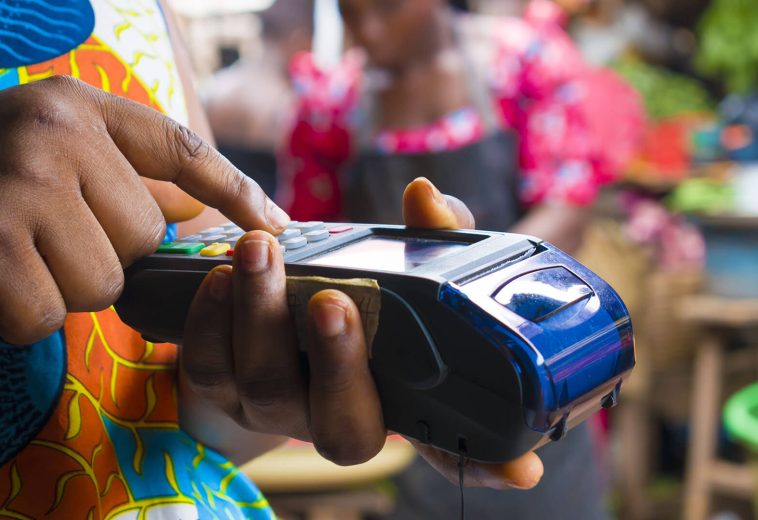The health of a nation directly impacts its economic development, societal stability, and overall quality of life. In Africa, the pursuit of sustainable healthcare systems has been tireless. Yet, financing remains a significant hurdle. Traditional funding sources, including government budgets and international aid, have proven insufficient. Thus, innovative financing models are emerging as viable solutions to ensure accessible, quality healthcare across the continent.
According to the National Institutes of Health (NIH), sub-Saharan Africa, comprising roughly 11% of the global populace, carries more than 24% of the worldwide disease burden. Shockingly, the region accommodates a mere 3% of the global health workforce and invests less than 1% of the world’s financial resources in healthcare. This stark disparity highlights the urgent need for more effective funding mechanisms. With an estimated 70% of healthcare expenses in Africa being out-of-pocket, the financial strain on individuals is immense, often leading to delayed or foregone treatment and exacerbating health crises.
Innovative Financing Models
Impact investing, which seeks both financial return and social impact, is gaining traction in the healthcare sector. The Global Impact Investing Network (GIIN) reports that Africa is one of the fastest-growing regions for impact investments, with healthcare being a primary focus. For instance, some major investment companies have directed substantial funds towards healthcare companies, improving access to essential medicines and healthcare services.
Health bonds, similar to social impact bonds, allow private investors to fund public health initiatives with returns tied to the achievement of specified outcomes. The African Development Bank (AfDB) launched the African Development Impact Bond in 2020, targeting maternal and child health improvements in Nigeria and Kenya. Early results indicate significant improvements in healthcare delivery and maternal health outcomes, demonstrating the efficacy of this model. The African Development Impact Bond has mobilized over $25 million, improving maternal and child health services for over 500,000 beneficiaries.
PPPs leverage private sector efficiency and innovation to bolster public health infrastructure and services. In Zambia, the Public-Private Partnership for Health (PPP-H) has facilitated the development of modern hospital facilities and advanced medical equipment, significantly enhancing healthcare quality and accessibility. The success of these partnerships underscores the potential for scalable solutions across the continent.
READ ALSO: Tech Innovators Leading Africa
CBHI schemes pool resources from community members to fund healthcare services, ensuring risk-sharing and financial protection. Rwanda’s CBHI covers over 90% of the population, significantly reducing out-of-pocket expenditures and improving access to healthcare services. The CBHI is a compulsory, subsidized health insurance scheme that achieved 91 percent coverage at its peak between 2011 to 2012, and covered 83 percent of the population between 2017 to 2018. The success of this model in Rwanda serves as a blueprint for other African nations aiming to achieve universal health coverage.
The Way Forward
For sustainable healthcare financing in Africa, a multi-faceted approach is essential. Governments must create conducive policy environments that encourage private investment and innovation in the healthcare sector. Collaboration between stakeholders—including governments, the private sector, international organizations, and local communities—is crucial to developing and scaling effective financing models.


